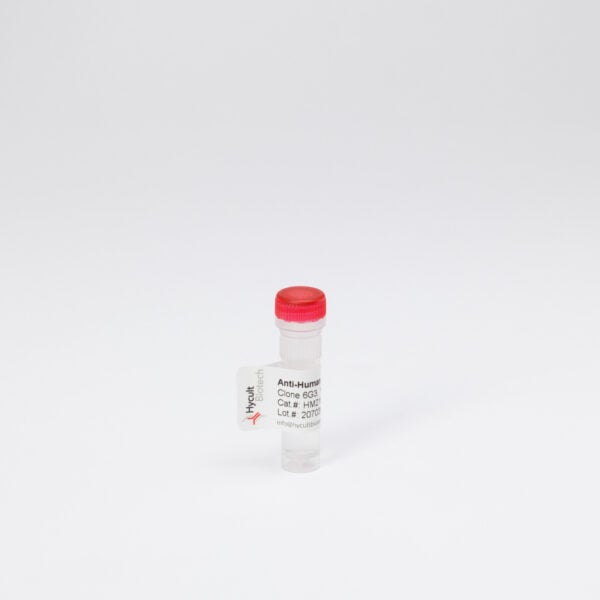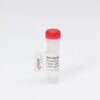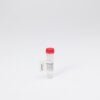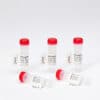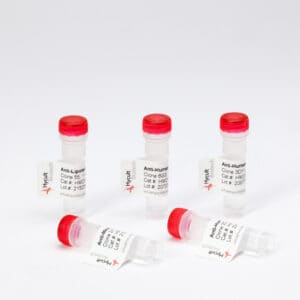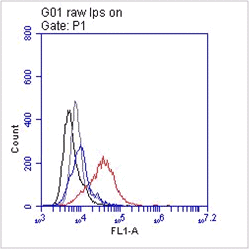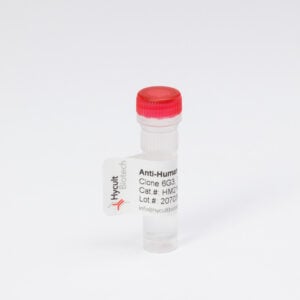TLR2, Human, mAb TLR2.45
€139.00 €333.00Price range: €139.00 through €333.00
The monoclonal antibody TLR2.45 recognizes human TLR2 (CD282). Toll-like receptors (TLR) are highly conserved throughout evolution and are implicated in the innate defense to many pathogens. Mammalian TLRs have been identified as type I transmembrane signaling receptors with pattern recognition capabilities. TLRs recognize pathogen-associated molecular patterns (PAMPs), expressed on infectious agents, and mediate the production of cytokines necessary for the development of effective immunity. The various TLRs exhibit different patterns of expression. Among TLRs, TLR2 is an unique receptor recognizing lipoproteins of Gram-negative bacteria, several whole Gram-positive bacteria, as well as peptidoglycan, lipoteichoic acid and other bacterial cell membrane products. A functional interaction between TLR2 and TLR6 in the cellular response to various bacterial products has been discovered. Bacterial species as diverse as mycobacteria, spirochetes, mycoplasma, Staphylococcus aureus, and Streptococcus pneumoniae have all been shown to mediate cellular activation via TLR2 (CD282). TLR2 is highly expressed in peripheral blood leukocytes, in particular in monocytes, in bone marrow, lymph node and in spleen. Furthermore, TLR2 is detected in lung and fetal liver. In other tissues TLR2 levels are low. The TLR2.45 monoclonal antibody is generated using Ba/F3 cells which stably express human Flag-tagged TLR2.

